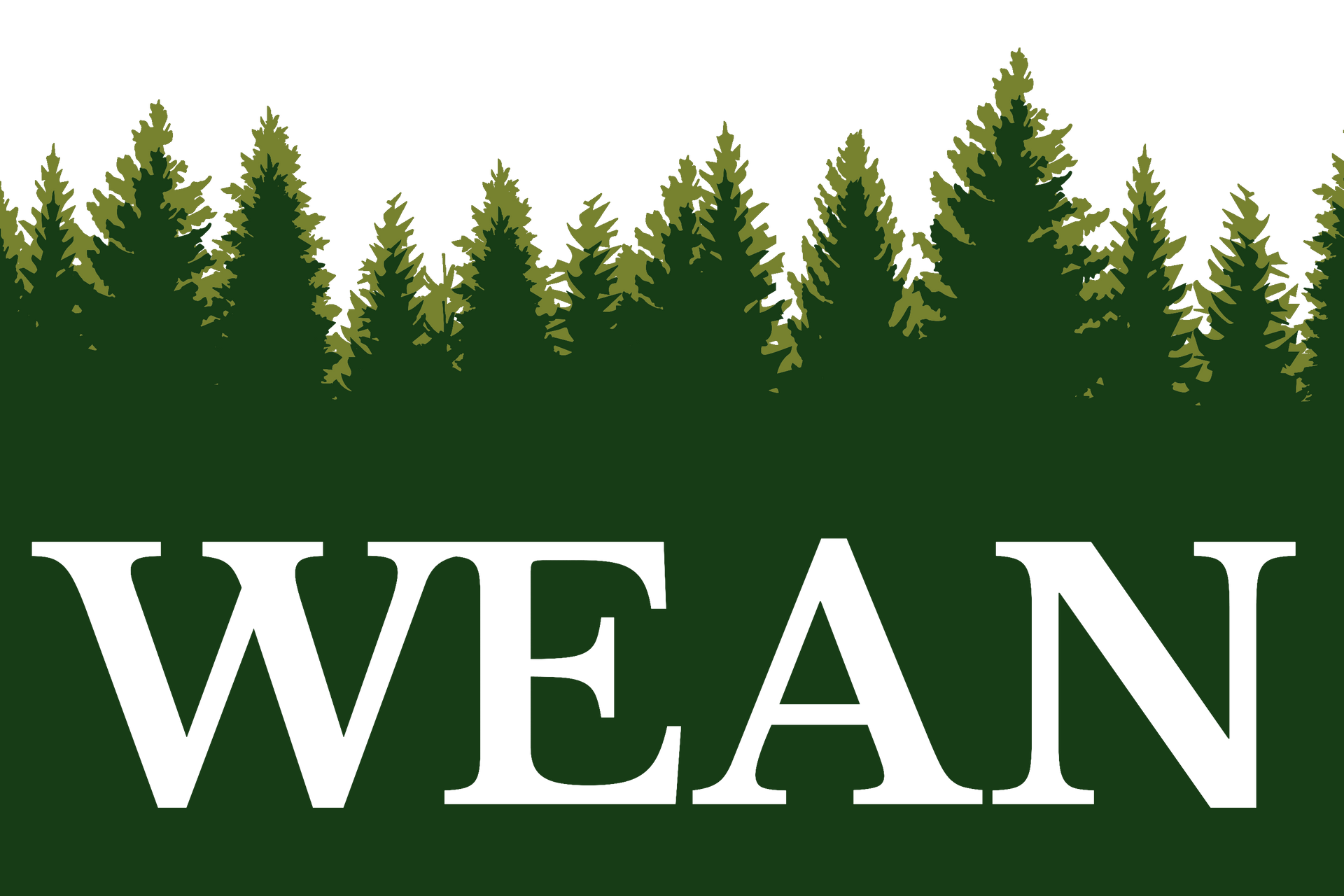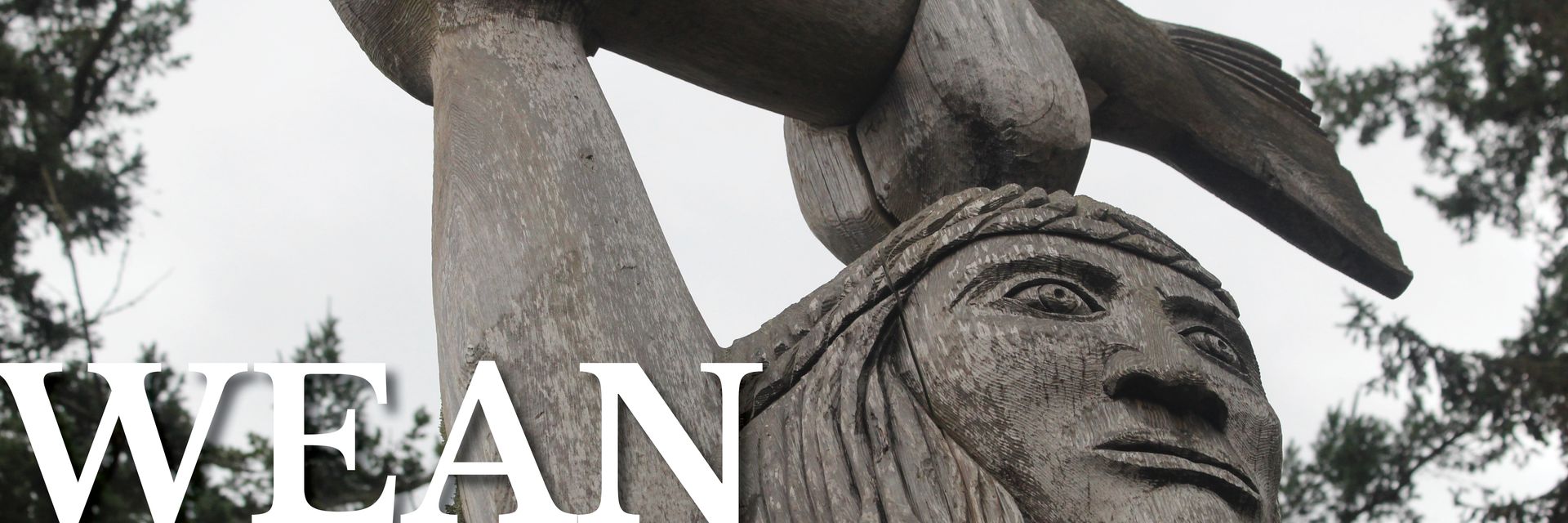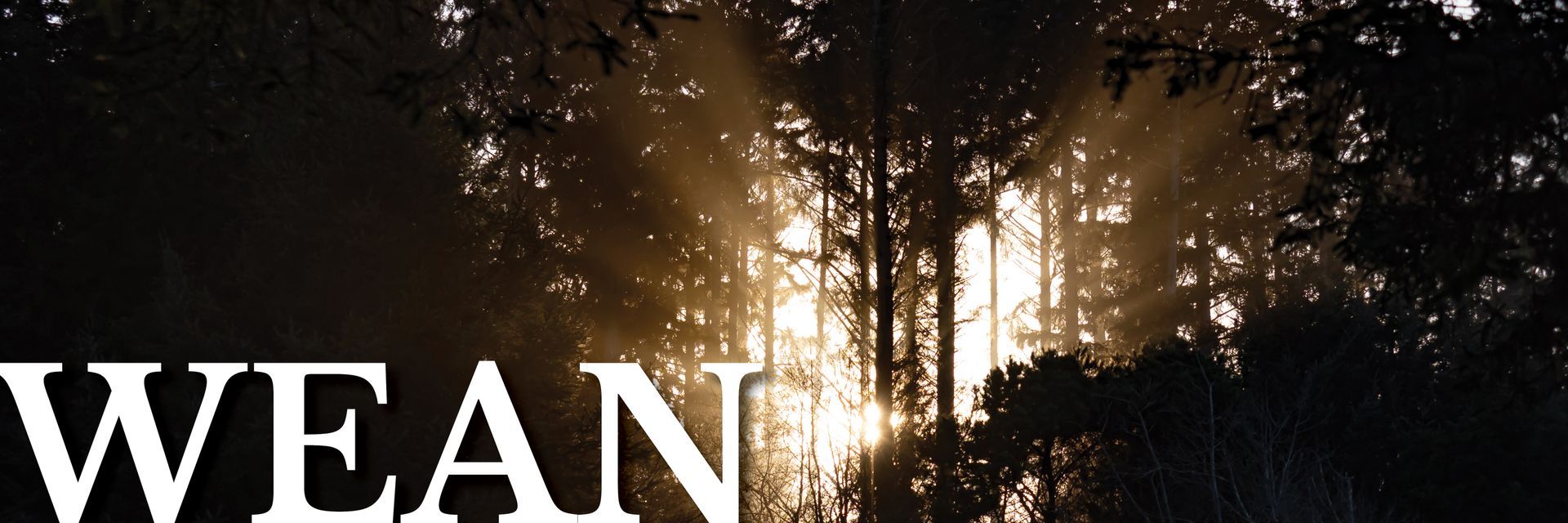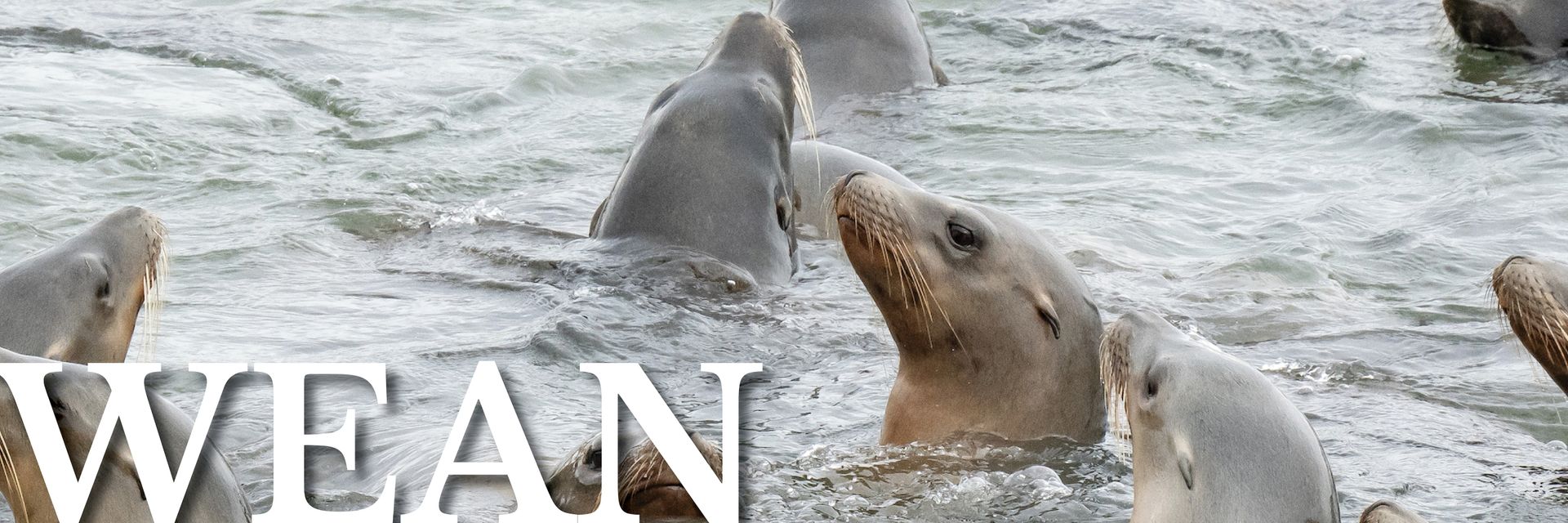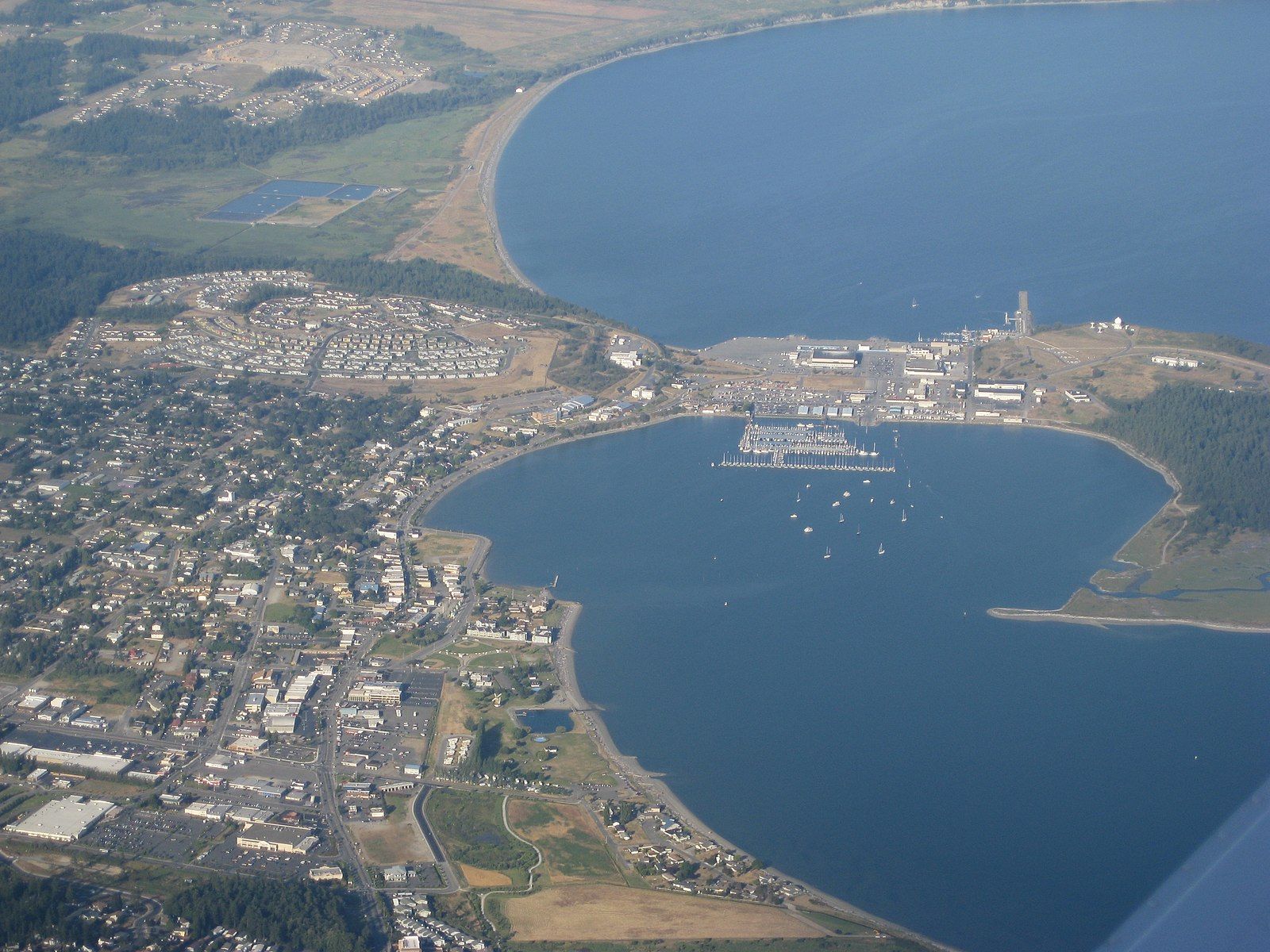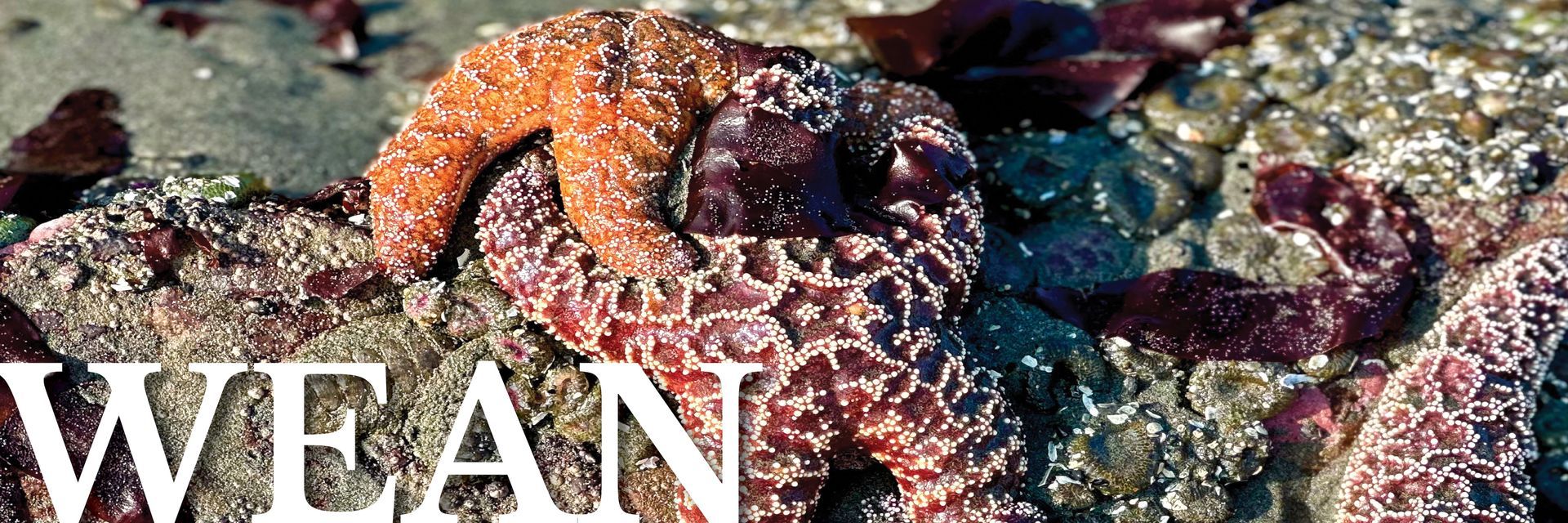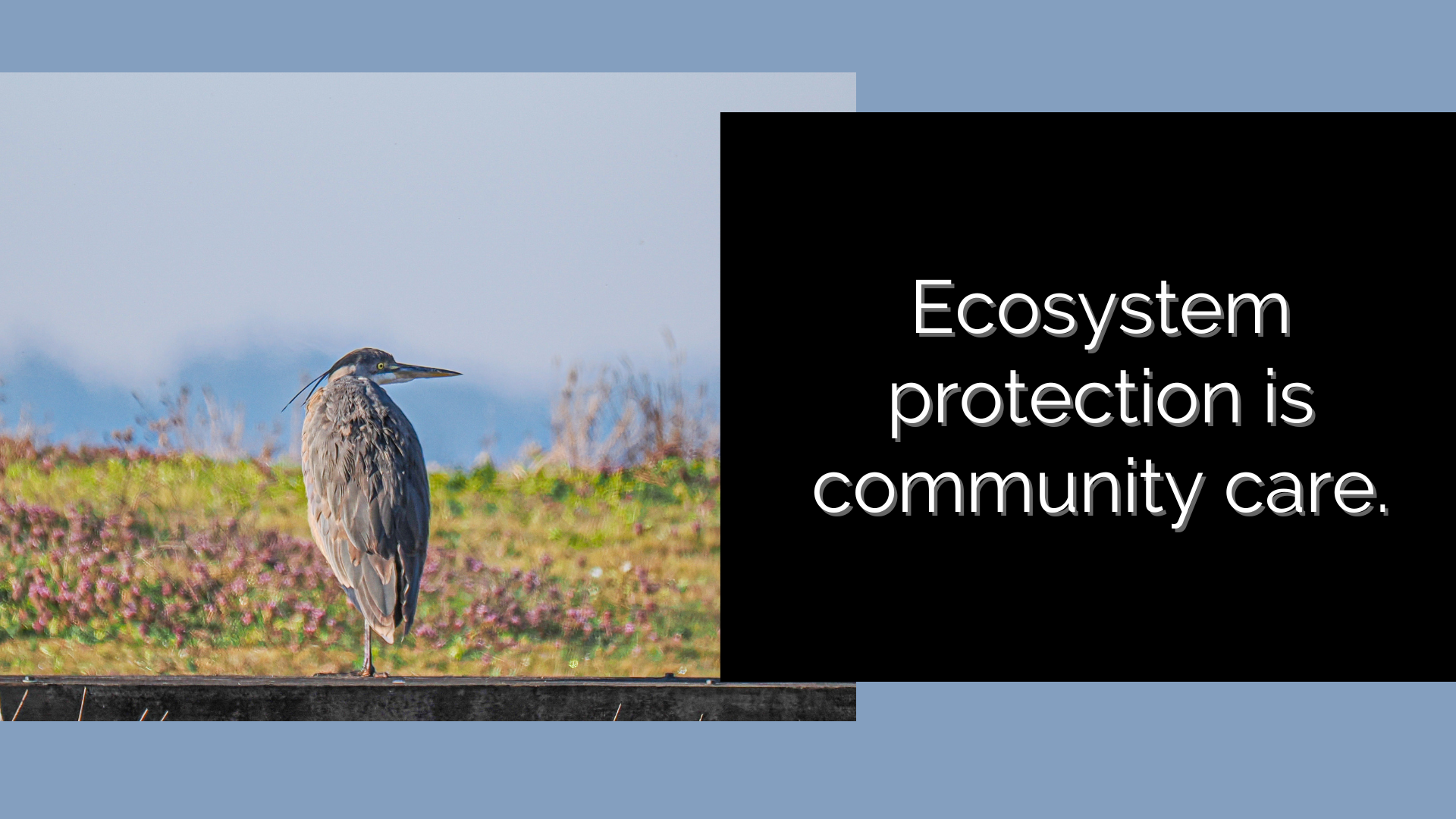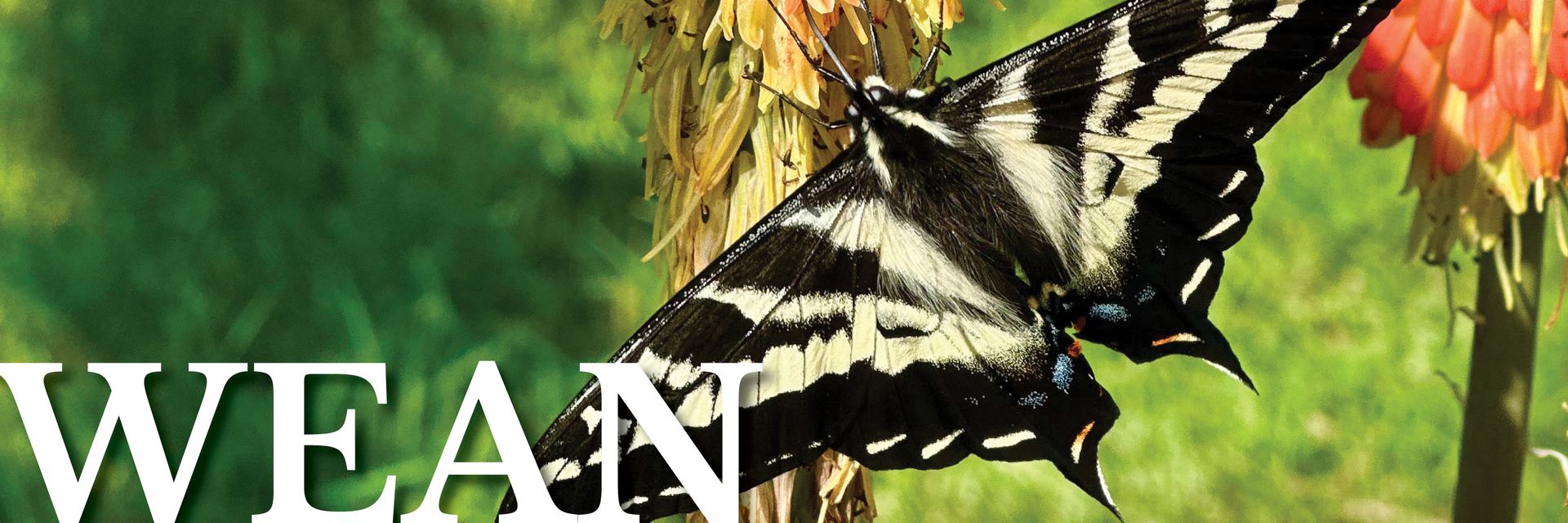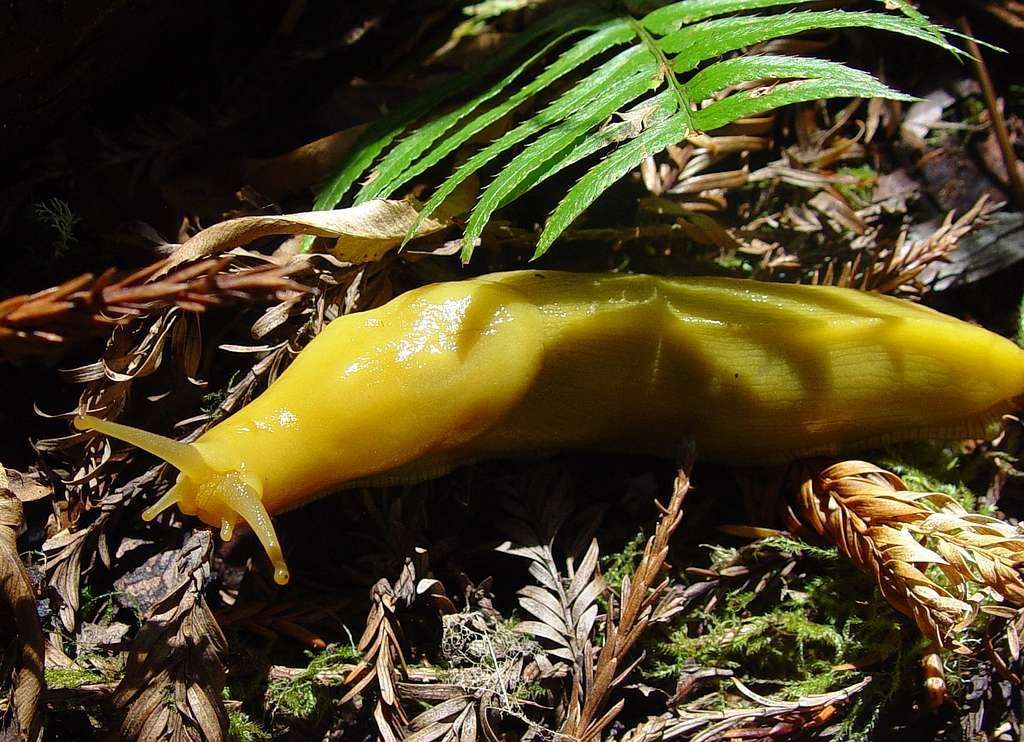Native Plants, Stormwater, Erosion, Slope Stability, and You
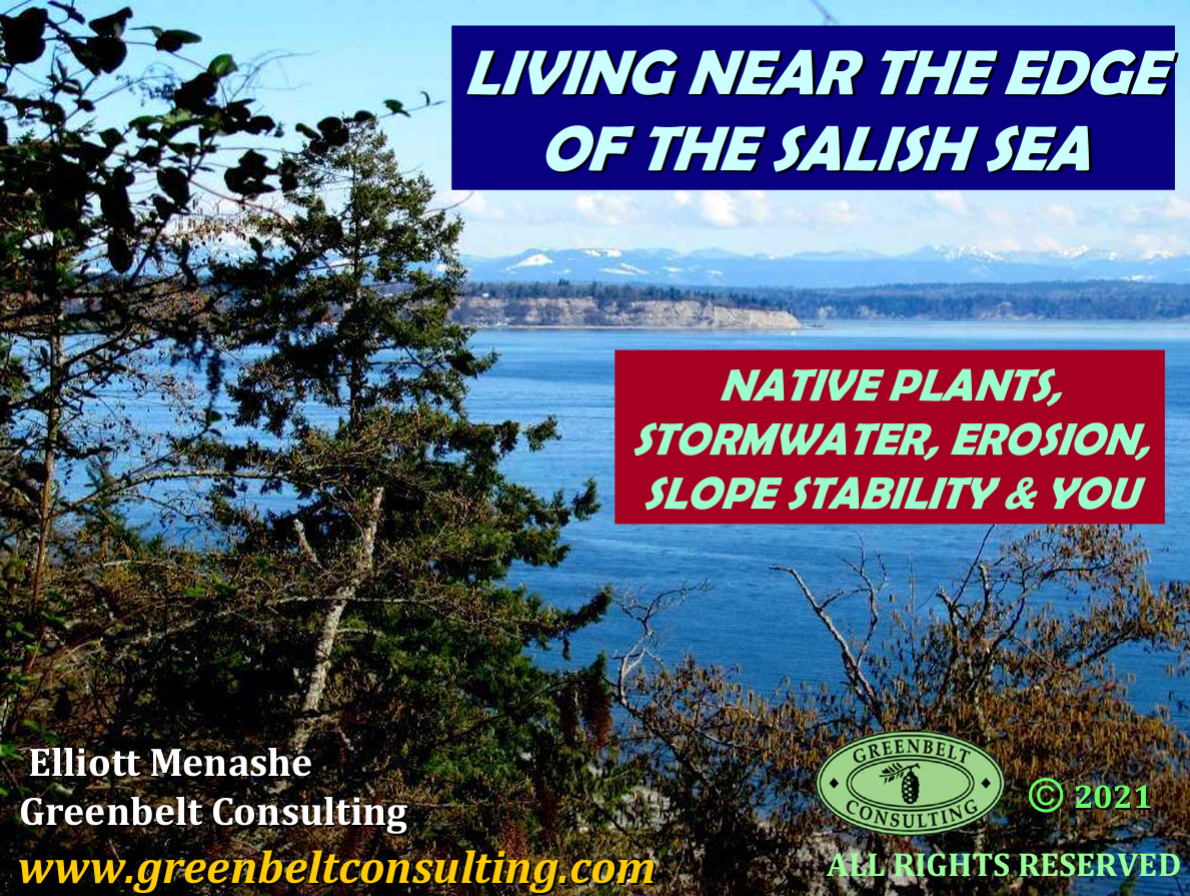
Living Near the Edge of the Salish Sea: Native Plants, Stormwater, Erosion, Slope Stability, and You is a self-directed web lecture produced by Elliott Menashe of Greenbelt Consulting and shared here with permission.
Here's Elliott's introduction to the web lecture:
If you are considering building on a shoreline bluff, ravine, low-bank marine or lake-front lot backed by a steep slope in the Puget Sound & Salish Sea region – the least expensive and most effective way to forestall future stormwater, erosion, or shallow landslide problems is to minimize clearing and grading and preserve native soils and plant communities during development.
Preserving natural features can help reduce the need for and expense of complex stormwater runoff management systems, erosion-control measures, or slope-retention structures. You will also improve water quality, reduce establishment of invasive plant species, preserve wildlife and salmon habitat, and maintain the beauty of the region.
If your bluff property has already been developed, you might have an inadequate setback, stormwater runoff and erosion problems, infestations of invasive plants, topped trees, and extensive lawns. You may be inheriting problems from past poor development and management practices. For instance, compacted soils and lawns that extend to the bluff edge can contribute to soil saturation and stormwater runoff, erosion problems, and destabilization of marginal slopes.
A combination of improved management practices, structural drainage measures, and vegetation enhancement could help to improve conditions and reduce the incidence and severity of landslides.
Whether you are developing a new home or improving an existing site, use of native plant species in your landscape design before serious problems occur (creating a distinctively Northwest landscape) can help you to minimize stormwater and erosion impacts, mitigate conditions which may trigger landslides, and give you greater peace of mind.
The web-lecture provided here can perhaps help you to better understand your property’s unique character and show you how to reduce the inherent risks of living along the picturesque shores of the Salish Sea.
View the Full PDF.
